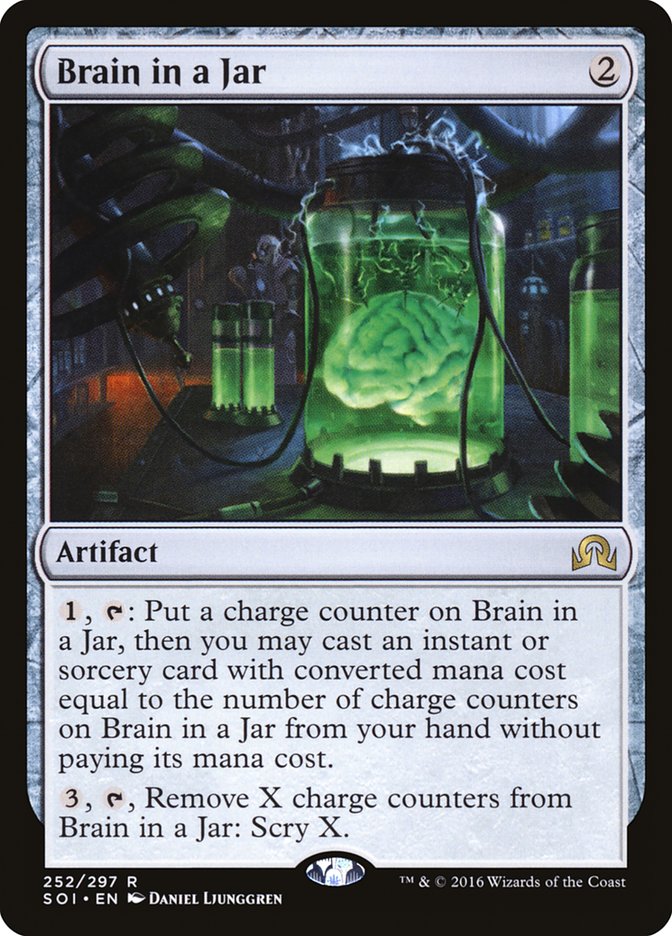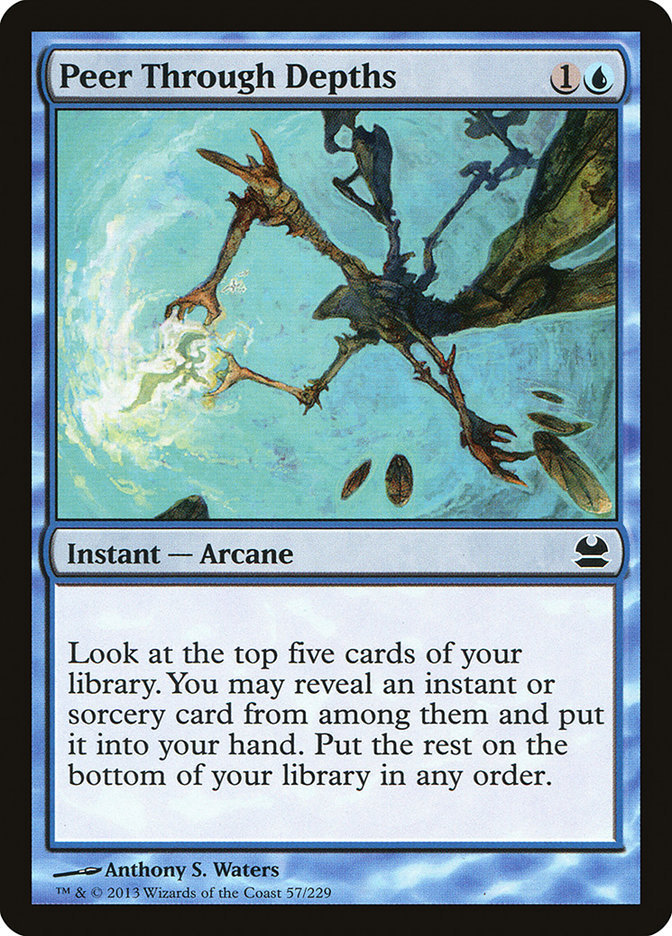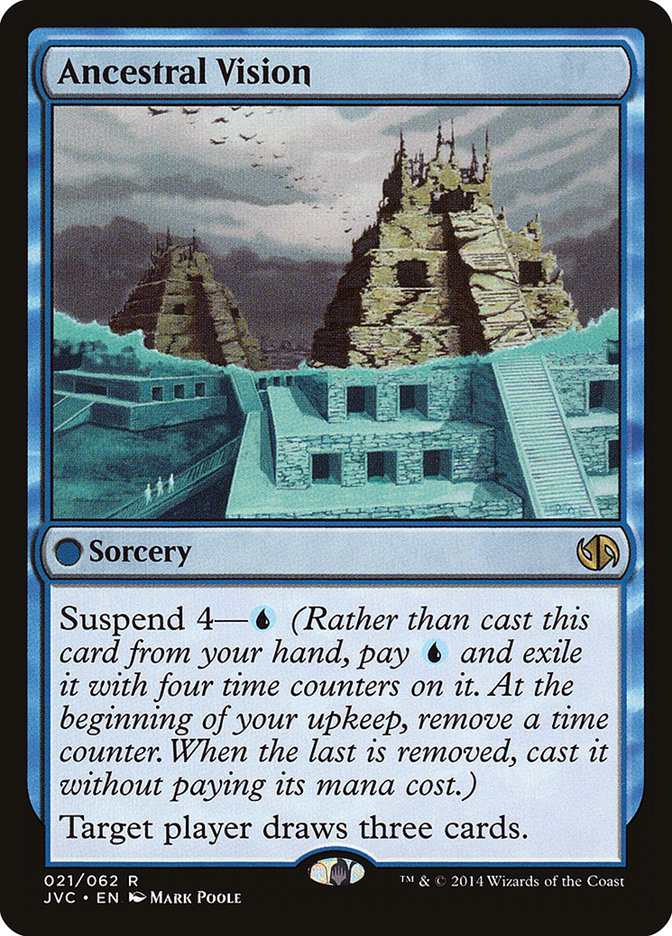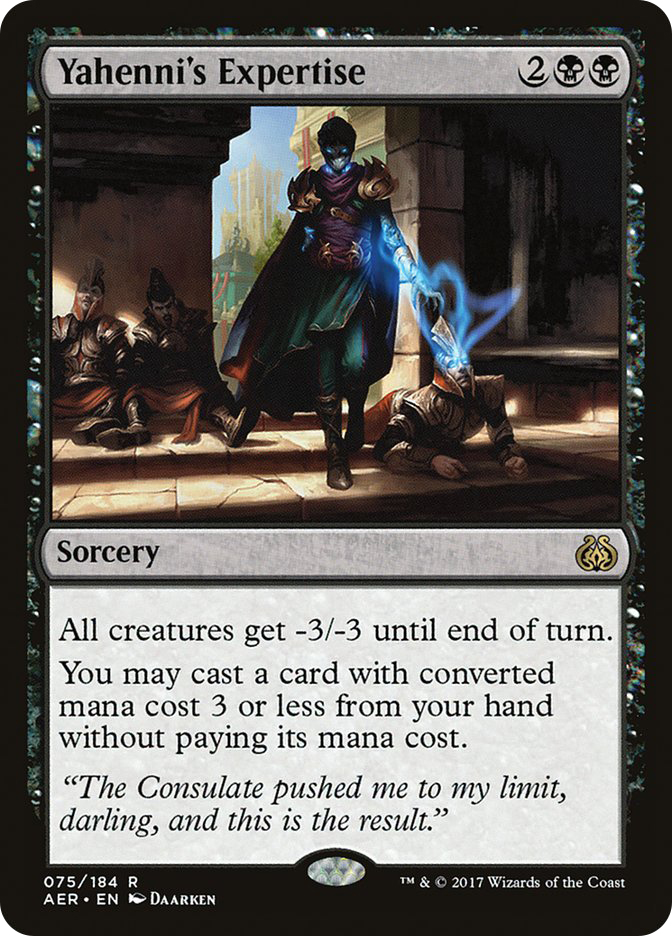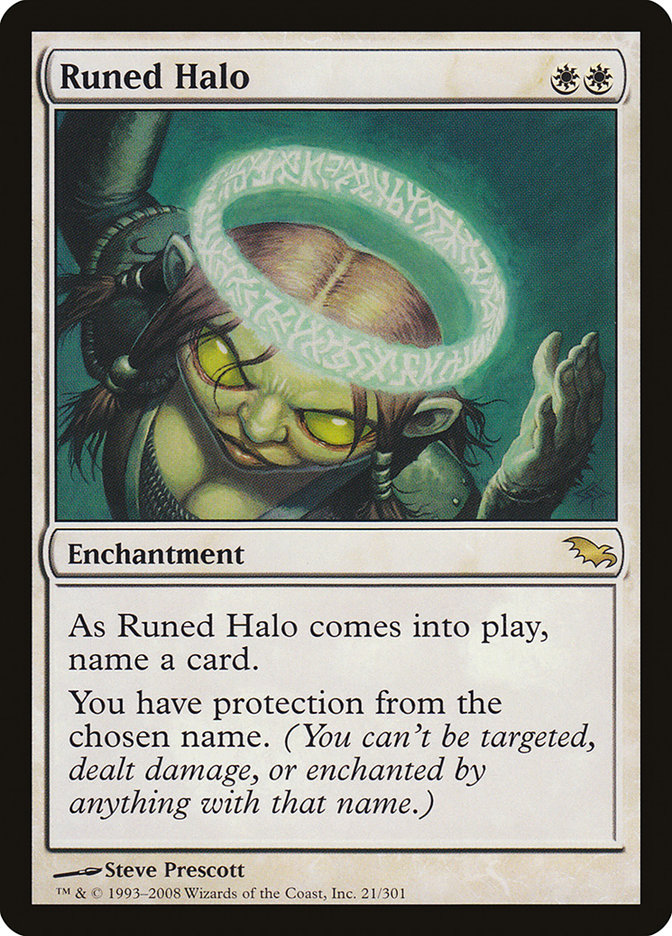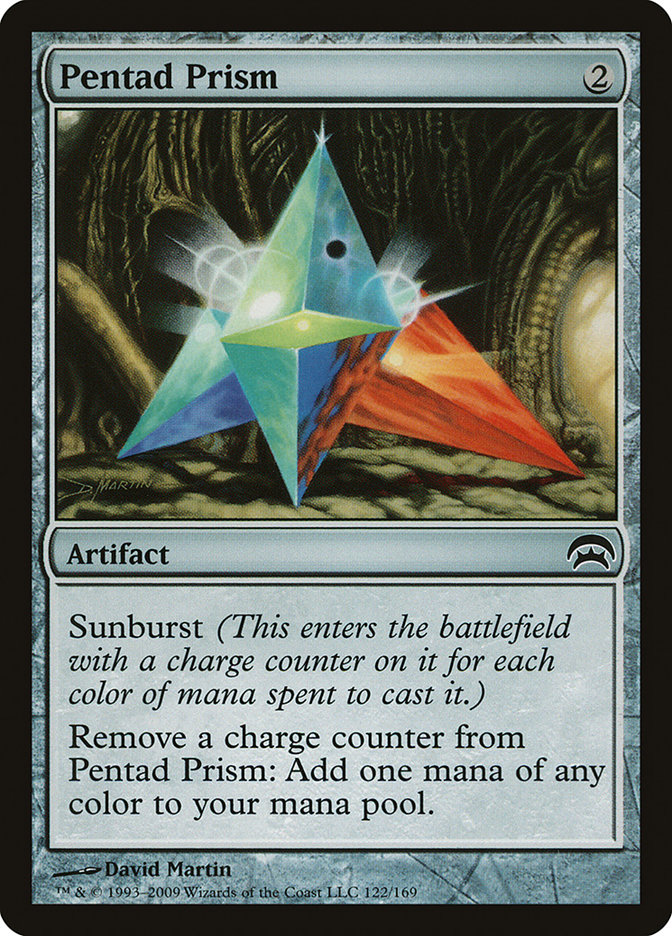Team events are always a blast, and this past weekend was no exception.
Not only is there a sense of comradery and a more relaxed atmosphere in a team environment, but Todd Anderson and Tom Ross were kind enough to let me play whatever I wanted.
So I did.
We didn’t perform exceptionally well, and to some extent that’s a bit on my shoulders. I could have played an objectively higher-percentage deck – I knew Death’s Shadow was good, but I wasn’t aware yet that it’s basically broken.
Instead, I registered Esper Expertise:
Creatures (2)
Lands (23)
Spells (35)

I had a lot of fun.
I’ve never made it a secret that I love brewing and building decks. The sense of discovery in trying to exploit an interaction, especially in a format as large as Modern, is one of my favorite aspects of Magic.
In this case, how I got here is pretty typical of my process. Brain in a Jar was already a known fringe strategy – the ability to fuse Beck//Call with the second activation of the two-mana artifact is immensely powerful. Despite the rules being close to over my head, it works. For a meager investment, you can draw four cards and make four Birds, oftentimes generating a game-winning advantage.
The printing of the Expertise cycle creates another route to seamlessly abuse the fuse cycle from Dragon’s Maze, and at that level of redundancy I believe it to be a strategy worth building around.
Essentially, Esper Expertise is a pile of traditional interaction and two-card combos. Brain in a Jar is a far more functional stand-alone card, as it provides a great deal of utility towards your other spells and can generate a huge mana advantage in many matchups reminiscent of Aether Vial.
Before this weekend and the massive success of Death’s Shadow, I was pretty excited about the ability to maindeck a sweeper like Yahenni’s Expertise “for free.” It has strong applications against Affinity and any Birds of Paradise or Noble Hierarch deck, and when you’re casting Ancestral Vision or Beck//Call off it, the Expertise trading for anything like Dark Confidant is more than acceptable.
Now that we are likely to live in a world with a much higher density of massive monsters like Death’s Shadow and Tarmogoyf, it is possible that moving back towards Sram’s Expertise is advisable.
As it were, I built the deck in mind to be black-shifted, as I view Fatal Push to be a far more valuable card than Path to Exile; staying on pace with your opponent on tempo in a control/combo deck is such an awesome feeling.
Peer Through Depths was likely my biggest breakthrough from earlier versions online. As I noted, the deck is often functioning like a combo deck where you need to find a missing piece, and digging five cards deep presents a certain level of consistency. Especially when you’re simply digging for Beck to combine with Brain in a Jar, you can essentially spend all of your mana every turn looking for your fuse card, as your payoff is so cheap and instantaneously puts you ahead.
A Retrospective
I had a really strange tournament. It’s usually fairly easy for me to spot most of my mistakes in deckbuilding and attribute blame to whatever holes there were. That isn’t necessarily the case this time.
I won a lot more games easily than I suffered blowouts. I had two very strange games against Jund and Abzan where I was fairly far behind, fused Beck//Call to pull ahead, and then proceeded to flood out in very long contests and die. In one of those games, I missed multiple early land drops before mounting a comeback and then eventually flooding out.
Those are odd circumstances, especially when Brain in a Jar is working and I was able to scry multiple times over the course of those turns, which is a very powerful effect in Modern.
When folks inevitably asked me how my deck was, as most would consider it relatively interesting, I didn’t really have an objective answer. I certainly did some sweet things over the course of the tournament and won several games in a spectacular manner where I would have never assumed I could win, but when one doesn’t resort to hyperbole or win the tournament, then most people are just going to write off your experiment as precisely that.
I’m well past the point of having my pride hurt over some sense of Magic-based identity as a deck designer, but it’s always interesting to me how resistant others are to new ideas or any kind of contest to the status quo. When there’s clear potential, I’m a lot more interested in trying to fix the problems than write things off. At the very least, there’s something to be learned in the journey.
I did just lose straight-up to Jeff Hoogland on camera, though. Not only is my deck tough to play, but that game was especially difficult to navigate. The Boss and I essentially played the game like a Two-Headed Giant and it’s not at all clear whether we did much of anything right with the six or so decision trees that were presented to us.
However, that game did showcase two important things. One is that Ancestral Vision is just still not that great. Of course, my logic is that it is a backup payoff with Yahenni’s Expertise, but it’s difficult to gauge those situations properly.
The card still isn’t very good except on the first turn, and you often end up in awkward spots where you either don’t want to spend your mana to suspend it in the mid-game or you are reaching points in the game where you are hedging on whether the game will go long enough for it to come off suspend versus trying to hold it for an Expertise.
As Matthias Hunt put it, it adds to the density of “not real Magic cards” in your deck, which can lead to some awkward draws. I had already come to the conclusion previously that I mostly hated the card in Grixis; it just so happens that we all need to learn the same lesson twice sometimes, I suppose.
The second point is that the deck is relatively weak to planeswalkers without assembling Birds. It isn’t clear whether this is a hole that can be filled easily, but Nahiri, the Harbinger completely warped the game and ate me alive in a situation where Jeff had very little else going on.
An Update
Creatures (3)
Lands (24)
Spells (33)

I’m not entirely confident in all of my choices. It looks weird especially that I seemed to be complaining about flooding and then I added another land to my deck, but there is some logic behind it.
First, unfortunately I feel obliged to play Celestial Colonnade; this creature-land is quite a bit worse than Creeping Tar Pit, but I think it’s necessary to make the shift in the mana when you’re playing Sram’s Expertise. Perhaps splitting the lands is actually correct, as I added a Concealed Courtyard last to try to give an adequate number of black sources.
Second, I’ve added more “late-game cards” to the deck. An additional Snapcaster Mage and Cryptic Command give you more closing power than before and it’s nice to have more stand-alone high-impact quality in your deck when facing the potential to have temporarily uncastable cards.
What I do think to be one of the big upgrades is Runed Halo. Lost Legacy is a fairly poor card, all things considered, and the addition of Runed Halo makes for a fine answer against Valakut, taxes your Death’s Shadow opponent’s Abrupt Decays for fighting their few threats, and has a wide range of other applications as a flexible removal spell.
The addition of another Snapcaster Mage also makes playing Surgical Extraction a lot more appealing, which is certainly the premium graveyard hate spell.
I’ll continue to work on the deck, and I’m not sure how far away we are yet, but I think this build looks more balanced than before.
Tips and Tricks
Your deck suddenly becomes very strange once you can begin playing all of your spells as instants. Brain in the Jar makes for some unintuitive interactions, both in terms of how the card itself functions and how it changes the dynamics of your spells themselves.
The basic stuff: you can cast your spells at different times. Serum Visions can wait until an opponent’s end step, which obviously has some small advantages. The bigger difference is when your post-sideboard Thoughtseize can be cast in your opponent’s draw step.
Beck//Call has odd templating. It actually triggers off any creature entering the battlefield. As a result, if you have no reason to immediately fire it off, then you can wait until your opponent’s turn. If they cast a creature, you can respond and get an additional draw trigger off Beck.
Managing your Brain in a Jar can be quite difficult. For the most part, if you are behind and have access to manipulation, you want it to hang around on “one,” especially if you have a Peer Through Depths. The potential catch-up power of just being able to find a Beck//Call and immediately turn the game on its head is so outrageous that it’s often best to hedge games in this manner.
That being said, Brain in a Jar’s scry ability is quite powerful, especially when it is being activated for two or more. For largely obvious reasons, you typically want any scry ability to leave the artifact on a single counter so that you can immediately cast Beck, should you find it.
Blessed Alliance and Logic Knot have no direct synergy with Brain in a Jar. The latter will be cast for zero and the former cannot be escalated.
Don’t forget that Blessed Alliance can be cast in the damage step to kill left over large creatures. This can come up fairly often when the majority of your creatures are tokens.
The Leftovers
Here are some of my other brainstorms. With the ability to cast free spells off Expertises, we are no longer relegated to just the design space of the cascade mechanic. Perhaps there’s nothing here, but it’s worth noting what is possible.
Creatures (9)
Planeswalkers (5)
Lands (21)
Spells (25)

This exists in some space between Todd Stevens-style W/R Prison decks and traditional Restore Balance. Greater Gargadon is fairly effective here for powering up Boom and Restore Balance and turning Kari Zev’s Expertise into a normal removal spell.
Baral’s Expertise is similarly great for the ability to clear your opponent’s battlefield position before blowing up all their lands for Gargadon to end the game.
Here’s my original sketch of trying to push Brain in a Jar as hard as possible:
Lands (21)
Spells (39)

Catch//Release will probably always be severely underrated. It does less work towards actually closing out the game than Beck//Call, and this deck suffers from entering long stalemates often, but what frequently functions as a double land destruction spell that also kills a creature and clears a wide variety of permanents from your opponent’s side of the battlefield is super-powerful.
Pentad Prism functions in a variety of ways here. It not only has synergy to be picked up by Baral’s Expertise, it also plays defense against your own Releases. Once you’ve expended the charge counters, it can be safely sacrificed to make sure your Brain in a Jar sticks around.
This deck is a bit too all-in for my tastes, but it certainly maximizes the mechanics.
This past weekend was an awesome experience, but it’s unclear whether I’ll have the courage to run things back. Death’s Shadow is certainly going to make its presence known this weekend at SCG Indianapolis, so the only question is whether I can find an effective way to fight it. If not, I’ll probably be joining them.



